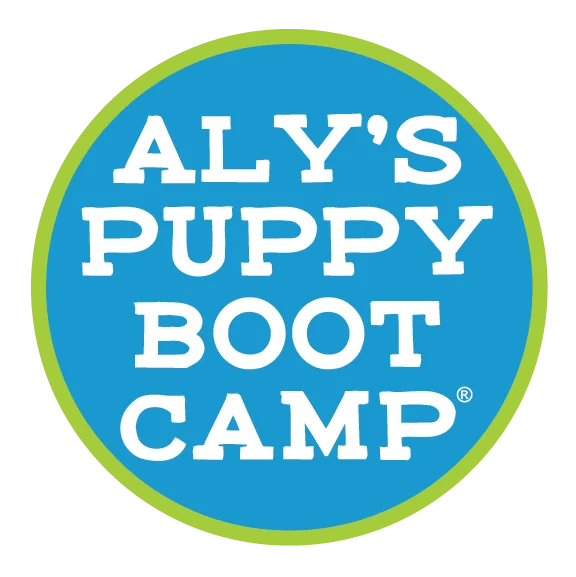In the tapestry of canine behaviors, the ‘down’ command is a request for your dog to embrace vulnerability, which is why it’s not the first skill we teach; it’s built on a foundation of trust and understanding that must be established over time. The down command is a gentle invitation for your dog to lie down, remaining there until you signal otherwise. Teaching a dog the ‘down’ command is more than a basic obedience skill; it’s a fundamental element of safety and calmness in various situations. It not only promotes self-control and discipline but also reinforces the dog’s trust in their handler, serving as a cornerstone for advanced training and behavior management. Through my years of experience, I’ve refined my method to teach this important skill with clarity and kindness, always considering it as an advanced step in a dog’s training journey.
Methodology and Approach to Down Command Training
I approach the down command with a calm demeanor, steering clear of corrective tones and unnecessary pressure. Treats are not my primary tool; instead, I focus on building a connection through leash work that lays the foundation for trust and understanding. Luring is not my primary mode of communication, I want a dog comfortable and accepting of the application of gentle pressure without panicking or resisting.
Training begins with you close to your dog, as you steadily extend the distance and duration of the down stay. It’s essential to have established solid leash skills before introducing the down, ensuring you can maintain consistent guidance as your dog learns. Expect a natural range of responses at first—resistance, hesitation, or even attempts to avoid the task. It’s all part of the learning process. If your dog breaks the position, it’s okay; calmly guide them back down, as many times as necessary. Patience here is not just a virtue but a necessity.
Each step of the training is a building block, and progression is based on your dog’s comfortable and willing acceptance of each phase. Hold steady in your guidance until the very moment your dog relaxes into the down. Then, with immediate release of any pressure, affirm their choice with soft, reassuring strokes. Remember, the goal is a happy dog confidently responding to the down command. This journey is as much about teaching as it is about forming a deeper bond, where both of you grow and learn in harmony.
Step-by-Step Training Sequence for the Down Command
Step 1: Establishing the Position
Start with your dog sitting to your left. Kneel on your left knee, grasping the leash securely. Use gentle pressure on your dog’s back and guide the front feet forward. As soon as your dog lies down, release all pressure and provide gentle strokes on the back. Progress to the next step once your dog is comfortable and accepting of this position.
Step 2: Introducing Leash Pressure
Hold the leash near the collar, applying gentle downward pressure at a slight angle, with the leash hand and the other hand both pointing in the down direction. We are setting the stage for the hand signal cue. Maintain this gentle pressure consistently until your dog accepts the down position. Assist at the shoulders if necessary. Upon your dog accepting the position, release pressure and stroke his back soothingly. Move forward only when your dog is calmly accepting this step.
Step 3: Applying Foot Pressure
Command your dog to sit, then apply pressure on the leash with your foot in place of your hand. Apply steady, gentle pressure until your dog accepts the down position. The moment your dog accepts, release the pressure and stroke his back as a reward. Continue practicing this step until your dog is consistently and happily accepting the down command.
Step 4: Finalizing the Training Sequence
Physical pressure has faded and cueing with hand pointing to the down and the foot pointing to the down initiate the action.
As we conclude the ‘down’ sequence, we celebrate each small step of progress, knowing that patience and gentle repetition are the keys to a dog’s confident mastery of this command. It’s a dance of mutual respect and understanding that grows a dog’s ability to trust us and to maintain self-control!
